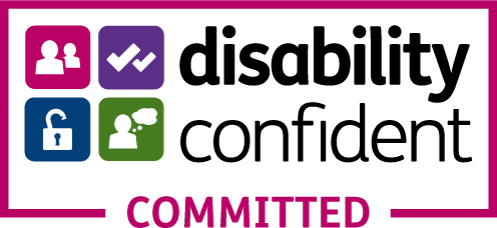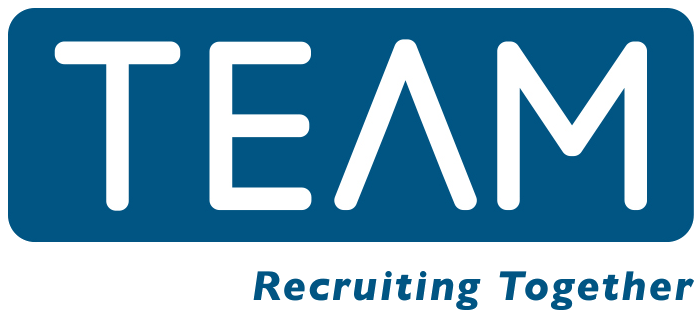Ask the Experts – How do I write a good job description?
As recruiters, this question is probably the one we’re most frequently asked. Recruiting new employees is drastically different to how it was even just a few years ago, due to the huge increase in demand for skilled workers from UK businesses who need people to add value to their firm from day one. Your approach to writing job descriptions will probably need an overhaul if you want to attract the best candidates to your organisation in today’s marketplace.
This blog gives you 5 quick tips on how to write job descriptions that get noticed, receive more applications and attract high quality, well suited applicants to your company.
1. Change your approach
Writing a job description isn’t just about creating a list of skills you need in your organisation anymore. In today’s marketplace, your job descriptions need to stand out from those of your competitors. Candidates are actively searching for new opportunities and are constantly connected using mobile and web search tools. You need to write job descriptions that are search friendly, will capture interest and inspire candidates to take action.
2. Avoid using meaningless buzzwords (especially in job titles)
Your job titles and descriptions are the first things that candidates interact with and they’re a great opportunity to make a good first impression. Steer clear of using terms like ‘ninja’ and ‘guru’. For a start, people won’t be searching using those terms so candidates are less likely to find your vacancy, also these terms can alienate people (how can you decipher if you qualify as a web ‘ninja’?!) and don’t give candidates an accurate idea of what the job entails. Keep job titles clear, succinct and appropriate
A handy resource for researching job titles and trends can be found here.
3. Be realistic and honest
Don’t write an exhaustive and impossible wish list of skills you think might be useful. Think carefully about the requirements of the job, ensuring your job description stays focused and representative. Don’t be tempted to exaggerate or underplay the level of responsibility for the role. If you want to retain employees, your job descriptions need to give them a realistic idea of what they will be required to do during their day to day work.
4. Get others involved
By involving key stakeholders in the process, you’ll develop a much more realistic and accurate job description. Ask people in HR, line managers and those who are currently employed in a similar role within the firm (or even previous employees).
5. Strike a balance – be concise, but include enough detail
Job descriptions should be 700-1500 words in length (job descriptions this length get 25% more applications!) and should include:
- Title of the job
- A brief overview of the organisation’s culture and identity
- Where the role sits within the team, department and company
- Who the role reports to
- Key areas of responsibility
- An outline of any deliverables that are expected
- Details of required education and training
- Any soft skills and personality traits that are necessary
- Location details and travel requirements
- Remuneration range (including salary info will increase the number of applications you receive), benefits available and scope for progression
Use a clear and easy to read structure with space between paragraphs, highlight key points in bold to make it easy for people to skim read and self-qualify.
Don’t be afraid to test out subtle changes in structure and layout when posting the same job on different job boards, and monitoring the response to them to see which are more effective. Keep a record of those that worked well and repeat that format for similar roles you recruit for in the future.
If you are still unsure, feel free to contact us for a template job description, or for feedback on one you have already put together.
Our Awards and Accreditations













 03333 235 900
03333 235 900 Login / Register
Login / Register
